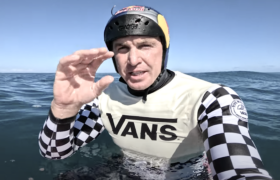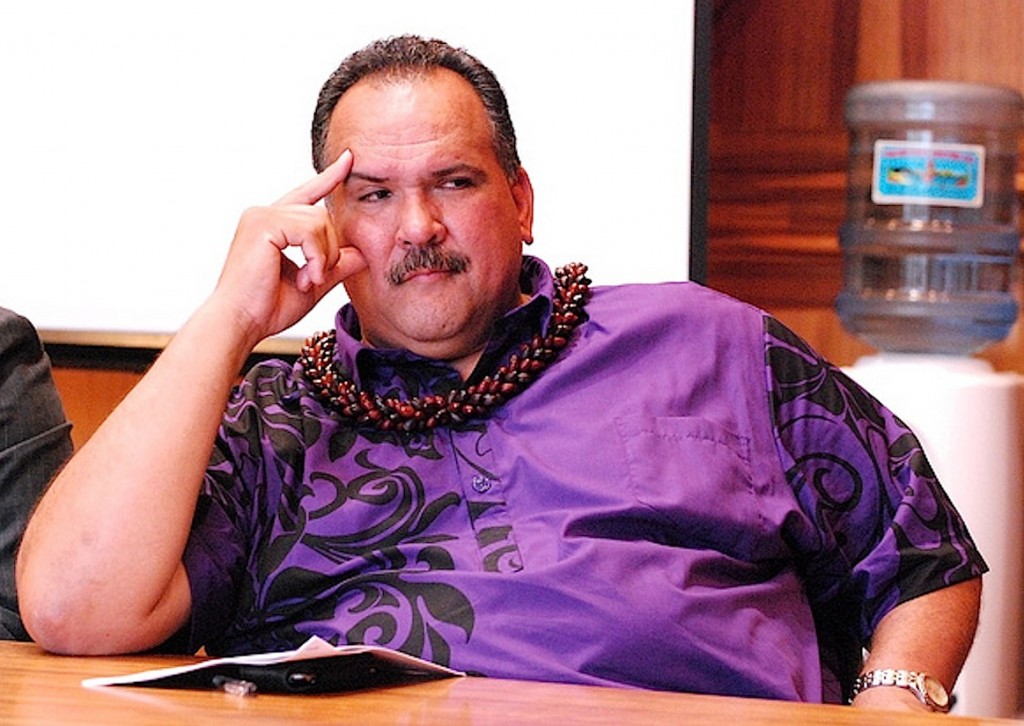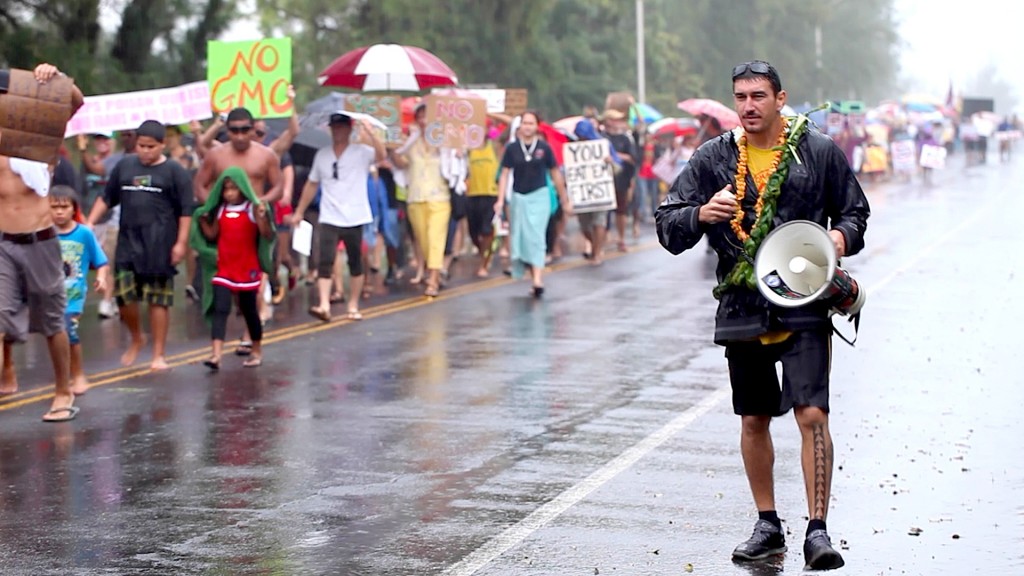How Travis Ferré and pals decapitated Surfing magazine to create a media hothouse. What Youth is #1!
“Don’t try.” – Chuck Bukowski’s epitaph, Green Hills Memorial Park, LA.
Our story, which is the story of What Youth, begins on the balcony of Mr Travis Ferré’s Huntington Beach apartment four-ish years ago. Chicken fries on the Weber hot plate and Coors Light is served. The writer Stuart Cornuelle recites Bukowski poems in a corner while Travis rubs the cover of his Keraouc book Big Sur as if it is the holy koran.
Travis is the editor-in-chief of Surfing magazine, a high-volume title produced by Source Interlink, who are the also owners of Surfer. In a rare departure from the magazine’s usual style, Travis has given his latest issue over to Kai Neville’s newest film, Lost Atlas.
Travis is pleased with the result. And, so is Kai. In the wings, Surfing‘s gun writer Stuart Cornuelle and their New York-based designer Scott Chenoweth also feel an unusual fizz.
But, what is this fizz?
Very soon they will recognise it as the first electrical impulse of a great idea, one that will soon have them emptying their desks, seeking an investor, and moving out of the comfortable world of mass media and into independent publishing.
This impulse has been turned into What Youth, the online portal (featuring Kai’s latest clips) and the quarterly magazine, now up to issue nine.
Every couple of months when a new issue of What Youth appears I’m taken aback a little. Isn’t print dead?
Well, yeah. But here’s a secret about the publishing biz. It’s a house of cards, a Ponzi scam, built entirely upon the premise that all that expensive advertising actually works. That anyone even connects with print anymore. How do you consume your surf news? Online, yeah? Magazines are a curio, a novelty from a past when screens didn’t soak up our lives. There’ll come a day, and it’s a day coming real soon, when the backbone of print, advertisers prepared to piss away five or 10k for a few pages, say, no more.
What Youth will survive the carnage. It’s online, it’s film, it’s paper, it’s whatever you want it to be. Print is dead. Long live What Youth. Now let’s talk to one of its founders and print editor, Travis Ferré, on its birth and adolescence…
How about you tell me how it all metastasised, you slick bastard.
That’s the most loaded question! Well, Kai and I had such a good time working together and it started out as that casual barbecue conversation. We just thought it’d be cool if we could put a lot more energy into Kai’s films and into print pieces and into a daily online approach to how it all comes together. I was pretty happy being editor at Surfing. But, at the same time, I was up for a challenge. I was 29, with no mortgage, no kids, nothing to hold me back. We were all in the same position. Leaving good opportunities to try something wild is easy when you ain’t shackled.
What limitations did you have at Surfing?
I liked what we did, like, I didn’t feel like an idea wasn’t doable, but it’s a brand that’s been around since 1964 and it’s surrounded by a lot of infrastructure to make it what it is, and you lose a little flexibility in connecting. Starting fresh, for us, was what we felt needed to be done. Surfing’s a big ship that’s not going anywhere, but it was time for someone to jump and start a title that was a little more manoeuvrable.
Did the decapitation of your masters at Surfing (the editor-in-chief, the designer and their best writer all leaving) cause poor vibrations?
Oh, it was the hardest thing I’ve ever done. It was the only place I’d worked since I finished school. There were so many good people who’d given me everything. When I told them, there were no freak-outs, only a kinda sadness.
Oh, you paper over the cracks! Breaking up ain’t never easy!
Well, I respectfully made my transition. I didn’t want to make it hard on anyone. I stayed and smoothed the transition as much as I could. I wanted to make sure the final issue I was involved in was finished. I did what was needed. I was there for two more weeks.
Investors or y’stump the cash y’selves?
We had a little bit of both. We had a private individual put in some of the initial costs of the building, but, it was really, like, we had a lot of support from industry out of the gates. They put faith in the product they knew we could create.
Who came up with the name?
Coming up with the name was one of the funnest processes. We had a few names early on, names we worked art direction around. None of it worked. And, then, Stuart said, “What Youth” one night when we were talking names. And, after weeks and weeks, it sounded exactly like what wee doing and it epitomised what the current generation is about and it worked graphically.
What is the current generation, and by extension What Youth about?
It’s top-notch surfing interacting with the world around it and doing it with good photography and design and doing it thoughtfully. We have this saying, Radical Class, that represents that. Being radical, but doing it with class, doing it well, thoughtfully, paying attention to the world around you and participating in it. This generation is full of really interesting thinkers, who think about the big picture, and about what surfing means.
What does surfing mean?
I guess, surfing is, like, this thing we all do no matter what and we’ll always do it. What Youth leads with that, with some of the best sequences, some of the best high-performance surfing to always lead with that, some of the best sequences, some of the best high performance surfing in it. A magazine that shows what our culture means, what guys are into, like photography.
As a percentage, what was your pay cut when you left Surfing?
Forty per cent, maybe more. I didn’t get paid for the first eight months. I was living off my savings, spending maybe $1500 a month. But, that kinda sacrifice comes with the territory. And, I didn’t have any obligations that beyond being a surfer in California. And, I just knew I had family and friends so if shit hit the fan, I’d land somewhere kinda soft.
Now, the first issue is back, what did you like about it?
Obviously, it’s really exciting to see modern surf imagery that big on really nice, thick paper. I really liked the feature and interview with fashion photographer Dan Martensen. Felt unique and a departure for a surf magazine. And, we all liked keeping the interviews candid and casual and authentic. We want to give an accurate portrayal of what these guys are like when they’re on the road, what they’re talking about.
What didn’t work as well?
Nudity doesn’t work in America. We found that out. Magazine shops in America aren’t quite ready for that. I think we underestimated that a touch.
What is the single most important, pivotal issue, in surfing?
We focus on, like, less like an issue, being critical of things and trying to… uh… install the zest for travelling with your friends and surfing. We want What Youth to be aspirational, about the pairings of guys having more to do with style and personality than what brand they ride for. Hitting the road for other reason that just to do it. Documenting that in an authentic way.






